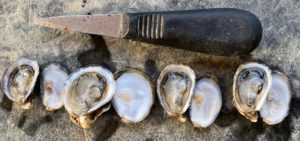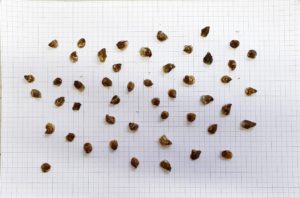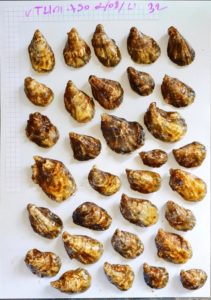
01 Feb Using Roll’Oyster for pre-coating
As part of the development and positioning of the Roll’Oyster on the innovative oyster farming equipment market, the Seaducer team has begun pre-growth tests on spat in oyster beds.
As culture conditions in oyster beds are generally more favorable than those in the open sea, the use of Roll’Oyster in this environment on T4-T8 spat should optimize the growth, survival and quality of T20-T25 pre-growth.
To date, pre-growth of spat in claires has given rise to a number of problems requiring frequent work on the bags or baskets to avoid :
- Clogging of bags or baskets due to bio-fouling.
- Spat sticking to each other and to the mesh of the bags or baskets.
- Shell fragility due to overly rapid growth.
- Lack of control over spat shape.
- Limited access to food for some spat.
- Mortality is often significant.
The use of the Roll’Oyster makes it possible to overcome these problems without the constraints and drudgery of manual work, thanks to an automated rolling and exondation cycle that can be programmed at will according to the desired spat quality.
Initial results are promising and show :
- Elimination of spat sticking to each other and to the mesh of Roll’Oyster baskets.
- Homogeneous, controlled and rapid growth.
- Thicker, rounder shells.
- Elimination of bio-fouling of baskets.
- Low mortality.
Repeated and prolonged exondation cycles also prepare the spat for future transfer to the sea, for better acclimatization to the natural tidal cycle.
As this first series of tests far exceeded the objectives set, a second, larger-scale cycle of experimentation was launched. The pre-grown spat from the first series will also be transferred to sea to follow its development.
We’ll keep you posted on the progress of these experiments over the coming weeks.
If you would like more information, please do not hesitate to contact us or visit our technical platform.
Find out more about the Roll’Oyster: click here
Below are a few photos showing the quality of the pre-coarse produced:
| Triploïde date J0 | Triploïde date J0+68 days | Diploïde date J0+76 days |
|
|
|

|



